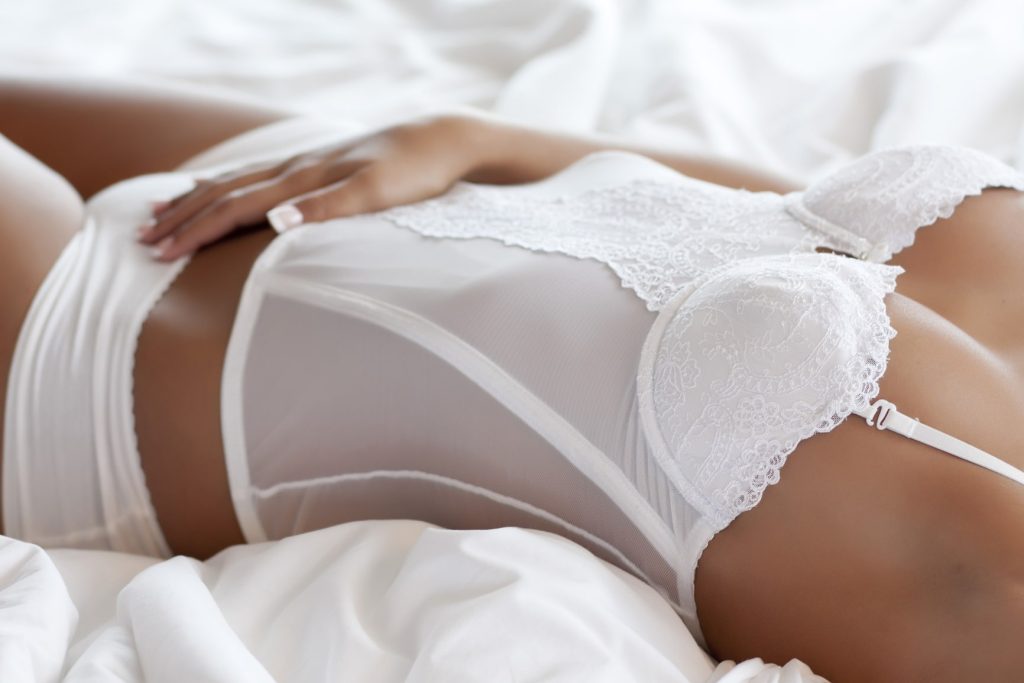Punks and goths are two genres of rock music that are very different in a lot of ways, but both of them can be fun and exciting if you know how to enjoy them. To help you find out more about these styles,
I have written this article about a few of the most popular punks and goths in the world today.
Emo rockers
Emo rockers are cultural critiques of society. They often ask questions about the nature of death and fantasy. The emo scene has spread out from the West Coast, and there are many variations of the genre.
One of the most popular bands is My Chemical Romance. Another band is Oso Oso. A few other examples are Cymbals Eat Guitars, Weezer, and Jawbreaker.
Another subgenre is post-hardcore. In the mid 1990s, this genre started to develop. It was similar to the punk movement of the late 1970s. This movement continues to influence music and media.
As the emo music genre has reemerged in the late 2000s, some bands that were once considered Goth have become emo bands. Thrice was a notable example of this. These musicians were able to create music that recalled ’50s and ’60s rock n’ roll while still being heavy.
The Goth and emo scenes have a lot of similarities, but they also have their differences. Goth has a more dark and melancholic sound. Some bands take their inspiration from gothic horror novels. Others wear all black and accessorize with frilly blouses and corsets.
While the emo movement is a form of emotional hardcore, the Goth movement is an attempt to explore and express one’s personal feelings. Gothic music is associated with death, horror, and supernatural themes.
Steampunks
Steampunk is a subculture that is a combination of Victorian era fashion and futuristic technology. It is based on science fiction and the Victorian era, and draws from literature, history, and other media.
Steampunk fashion varies, but typically involves Victorian-style clothing and machinery. The style is popular with both goths and steampunks. In some cases, it may also include fetish and cabaret wear.
Some steampunk fashion motifs include Victorian mourning, American Western attire, and Victorian-inspired clothing. In general, this subculture is characterized by gloomy glamour.
The most popular steampunk bands and musicians are from the UK. These bands tend to have a mix of music. One band, Abney Park, is often regarded as the quintessential steampunk band. They started as a goth band, but switched to a more “steampunk” sound.
Another example is Wet Glass RO. This band blends laptop and keyboard technologies.
Various steampunk subgenres have their own color schemes. They range from industrial to goth. Each subgenre has its own style and slant.
Gothic has a few similar subgenres. They include Gothic Lolita Goth, Gothic Trad Goth, Romantic Goth, and other styles. While these styles share similarities with steampunk, they are not as heavily influenced by Victorian clothing or fashion.
One of the newest subgenres in the Steampunk scene is the Da Vinci Punks. These badass new mashups are inspired by the Victorian-era and combine various influences to create something that is both clever and entertaining.
Positive punks
Positive punk is a neologism derived from the goth-punk movement. It referred to bands that wore rainbow-coloured clothes and a lot of make-up.
The NME magazine featured a piece called “Positive Punk” in a front-page article. The article received quite a reaction. Some commentators dismissed positive punk as “goth”, while others noted its positiveness. But a review of the article in Melody Maker argued that it was more a pastiche of the positive.
Negative punk, on the other hand, tended to focus on a lack of future. For the punk crowd, this was a way to protest the bleak dystopia of the modern age.
Positive punk on the other hand, was more about achieving a colourful perception of reality. A riot of colour, a chance to galvanize the imagination.
Positive punk isn’t the kind of revolution that will change the world, but it does give the punk community a sense of optimism. This is something that has been lost in the mainstream.
In the early 1980s, the British club Batcave helped spark a wave of Goth movement in the UK. Instead of playing pop music, Batcave exclusively played alternative songs.
These early bands drew their inspiration from a range of musical styles, but they remained rooted in the punk spirit. Their songs were structured around pronounced bass lines and digital delay. They were also the first to release a single.

